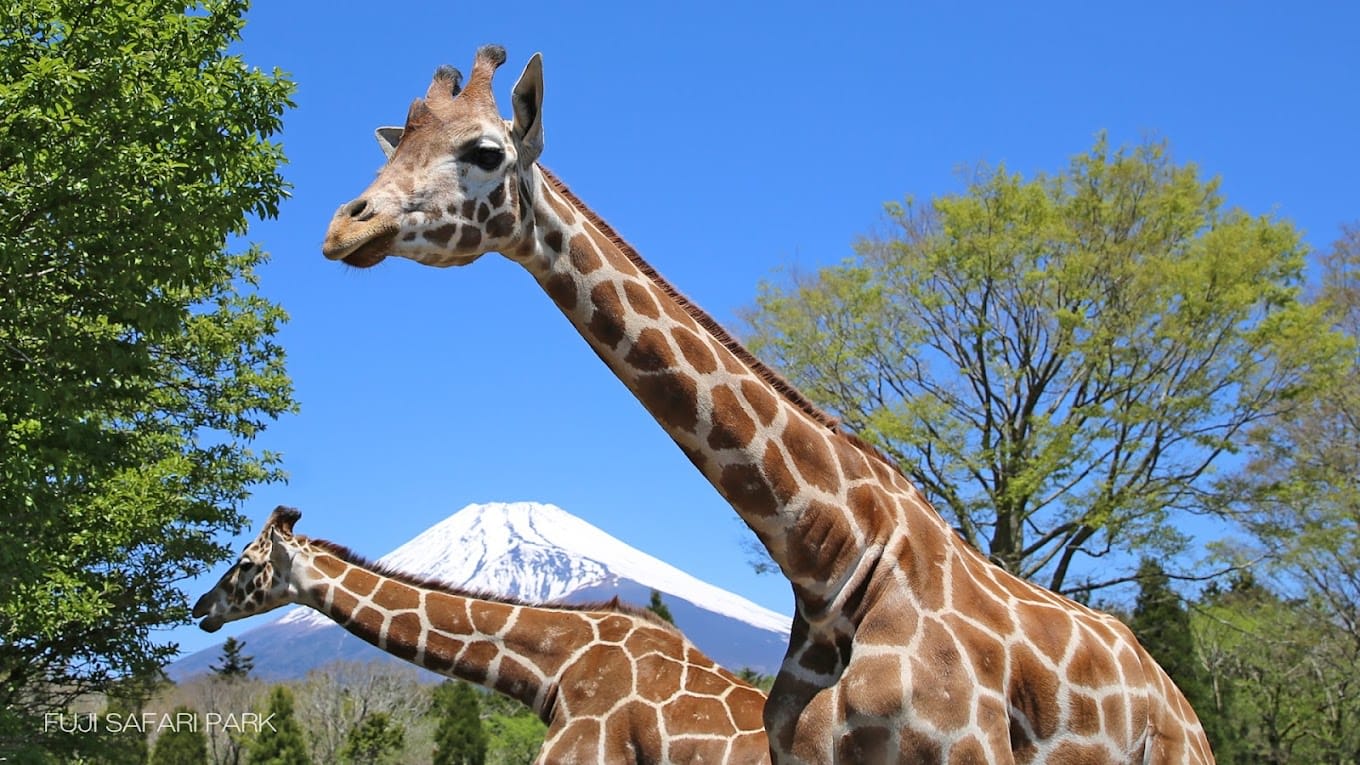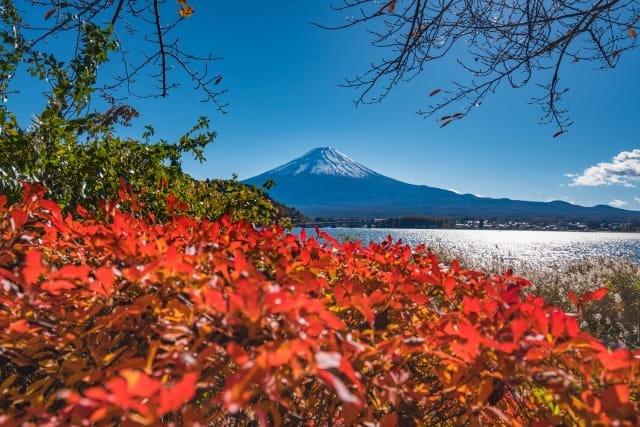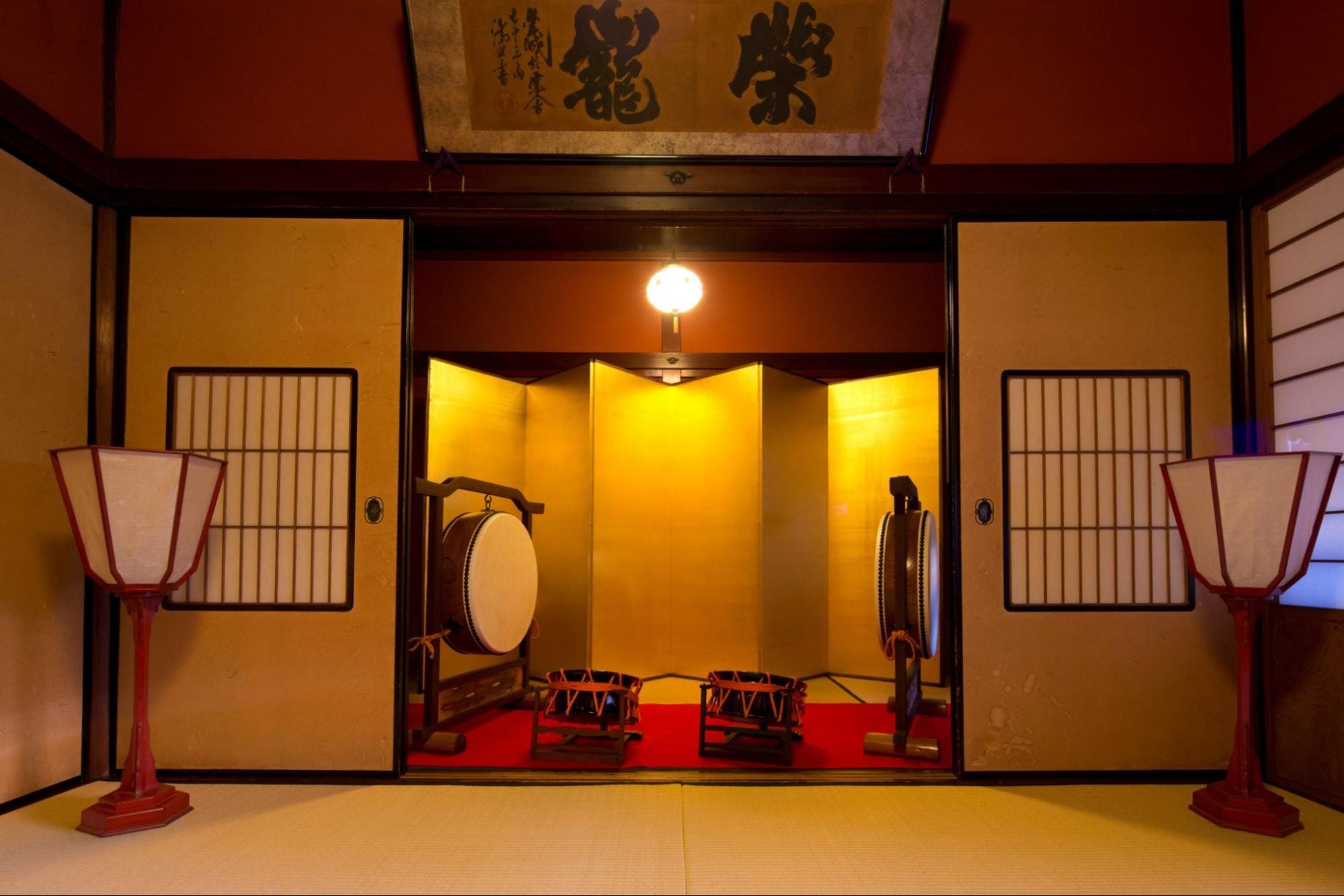Top 10 Things to Do Around Mt.Fuji & Kawaguchi-ko: Must-see Spots, Attractions & More
Due to Mount Fuji's massive size and the scattered tourist spots around its base, planning an efficient itinerary can be quite challenging for visitors. I remember when I first visited the Mount Fuji area, I wasn't able to efficiently visit the surrounding attractions, which left me feeling like I hadn't fully experienced what the region had to offer.
As a result, tours that offer an efficient and immersive way to experience the Mount Fuji area are gaining popularity. Private tours led by guides who know the Mount Fuji region inside and out are especially in demand, as they're known for allowing small groups to fully enjoy both the cultural and natural attractions around the mountain.
Magical Trip, which boasts having the #1 rated tour of 2024, launched a new tour in November 2024 called "Mt. Fuji Full-day Nature Guided Tour with a Private Chartered Car." On this tour, a driver and an expert local guide take you to carefully selected must-see spots around Mt. Fuji while explaining the local culture and traditions.

Since the tour starts and ends at your Tokyo hotel, you can explore the Mt. Fuji area hassle-free. If you're interested in Mt. Fuji but don't have time for an extended stay in the area, consider this efficient sightseeing tour.
Introduction
Mt. Fuji stands as Japan's iconic symbol with its majestic appearance. I have been visiting this place for 10 years, and I discover something new every time I visit.
The magnificent mountain, standing at 3,776 meters, shows different expressions throughout the four seasons, and one of its attractions is that you can encounter a completely different Mt. Fuji depending on the viewing angle.
From tourist attractions like Lake Kawaguchi and Oshino Hakkai to world-class thrilling amusement parks, the Mt. Fuji area is actually packed with more tourist resources than you might imagine.
However, to be honest, depending on the timing of your visit, you might not get the experience you expect due to crowding from increased tourism and weather-dependent scenic changes. It's one of the areas where advance research is necessary.
In this article, I'll introduce you to ways to enjoy the Mt. Fuji area, drawing from my 10 years of experience, including must-see spots, activities, and common mistakes tourists make.
Use this guide to maximize your enjoyment of Japan's pride, registered as a World Cultural Heritage site!
Table of Contents
・The Appeal of the Mt. Fuji Area
・Access to Mt. Fuji from Tokyo
・Recommended Tourist Spots in the Mt. Fuji Area
・Activities in the Mt. Fuji Area
・Important Notes for Mt. Fuji Area Tourism
・Frequently Asked Questions About the Mt. Fuji Area
The Appeal of the Mt. Fuji Area
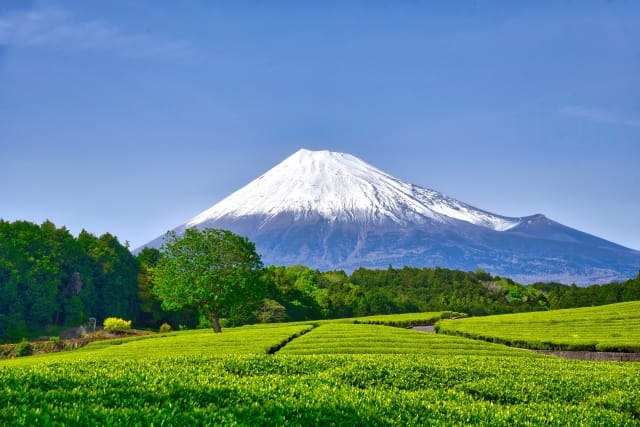
Mt. Fuji is Japan's most iconic tourist attraction that the country proudly presents to the world. Straddling Yamanashi and Shizuoka prefectures, this majestic mountain continues to captivate people worldwide with its perfect conical shape.
Mt. Fuji, registered as a World Cultural Heritage site in 2013, is a place where Japan's nature and culture harmonize beautifully.
Notable is its convenience, being accessible from Tokyo in just about 2 hours. You can enjoy various experiences, from the breathtaking views from the 5th station, authentic mountain climbing experiences, to relaxing hot springs.
I particularly love the sight of Mt. Fuji in the crisp morning air. The mountain silhouette illuminated by the morning sun is truly divine.
Access to Mt. Fuji from Tokyo
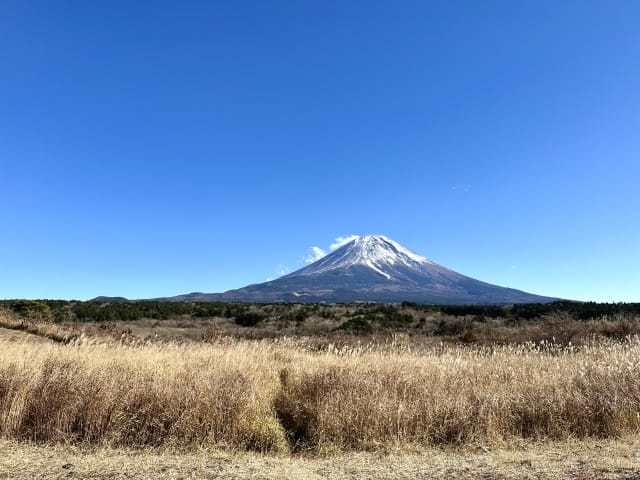
Access to the Mt. Fuji area is much easier than you might think. From Shinjuku Station, you can arrive in about 2.5 hours using the Fujikyu Line or bus.
The most common route is taking the JR Chuo Line to Otsuki Station, then transferring to the Fujikyu Line. Direct buses also operate from major terminals like Shinjuku, Shibuya, and Tokyo stations.
I recommend using tourist passes like the Mt. Fuji Round Trip Pass. These passes can significantly reduce transportation costs.
Also, for first-time visitors, I recommend Tokyo-based guided tours. You can efficiently visit tourist spots without worrying about transportation, and enjoy sightseeing even if you don't understand Japanese.
Recommended Tourist Spots in the Mt. Fuji Area
The Mt. Fuji area features various attractive spots, from breathtaking scenic viewpoints to thrilling attractions and quiet healing places. I have my favorite points for each spot, which I'll introduce to you.
Mt. Fuji 5th Station
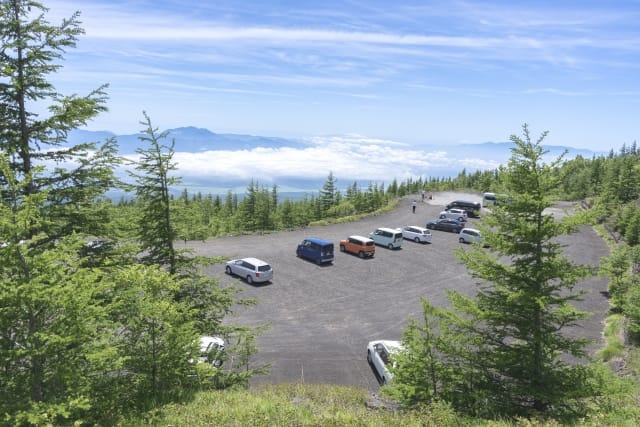
Located at an altitude of 2,400 meters, the 5th station of Mt. Fuji is truly a treasure trove of spectacular views. Here, you can feel the majestic presence of Mt. Fuji up close, and on clear days, you can enjoy the luxury of looking down on a sea of clouds.
I particularly love the views in the crisp morning air. With fewer tourists at this time, you can quietly enjoy the spectacular scenery.
The area is well-equipped with souvenir shops and restaurants for a leisurely stay. During climbing season, it bustles with many climbers as an important starting point for reaching the summit. If you're concerned about altitude sickness, remember to take frequent breaks and stay hydrated.
Lake Kawaguchi Area

Lake Kawaguchi, as the center of Mt. Fuji tourism, is a place I never tire of visiting. Its attraction lies in the beautiful scenery changing with the seasons, especially the breathtaking collaboration of cherry blossoms and Mt. Fuji in spring, and the autumn foliage season. You can enjoy sightseeing boats and rental boats on the lake, and the view of Mt. Fuji from the water is exceptional.
My top recommendation is the Shinagawa Fuji Sengen Shrine. The composition of the five-story pagoda with Mt. Fuji creates a perfect photo spot symbolizing Japan's traditional beauty.
Also, numerous hot springs and resort facilities are scattered around the lake, perfect for relieving tourism fatigue. At dusk, you can photograph the inverted reflection of Mt. Fuji on the lake's surface.
Oshino Hakkai

Oshino Hakkai is a mystical place where Mt. Fuji's underground water springs forth. Each of the 8 spring ponds shows a different expression, with highly transparent water sparkling like jewels. The landscape dotted with traditional thatched-roof houses is truly the essence of Japan's original scenery.
I recommend visiting in the morning. With fewer tourists, you can enjoy the Japanese village and gardens in a quiet environment. For photography enthusiasts, Mt. Fuji reflected in the water surface and traditional buildings make excellent subjects. Especially on clear mornings, the water surface mirrors the surrounding scenery with breathtaking beauty.
Fuji Safari Park
Source: Google Map
Fuji Safari Park is a special place where you can enjoy encounters with wildlife against the backdrop of majestic Mt. Fuji. You can observe animals like tigers, lions, and elephants up close while touring the park in dedicated buses.
For families, I recommend the feeding experience. You can have precious interactions with the animals while ensuring safety. The park also has plenty of rest areas and snack spots, so you can enjoy a full day here.
Website: https://www.fujisafari.co.jp/en/
Fuji-Q Highland
Source: Google Map
The thrill experience with Mt. Fuji in the background is unique worldwide. Fuji-Q Highland features multiple roller coasters holding world records for speed and length, continuously captivating thrill-seekers from around the world.
I especially recommend the "FUJIYAMA" coaster with its view of Mt. Fuji. The view from near the peak will be an unforgettable experience mixing fear and excitement.
Of course, there are plenty of attractions and character areas for those who don't like thrilling rides. Don't miss the seasonal events. The winter illuminations are fantastic, and the summer fireworks display with Mt. Fuji is spectacular. With restaurants inside the park, it's a spot you can enjoy at your own pace.
Website: https://www.fujiq.jp/index.html
Activities in the Mt. Fuji Area
In the Mt. Fuji area, you can experience the mountain's attraction not just through scenery but through various activities. Each season offers different ways to enjoy, and there are new discoveries every time you visit.
Mountain Climbing (July - September)
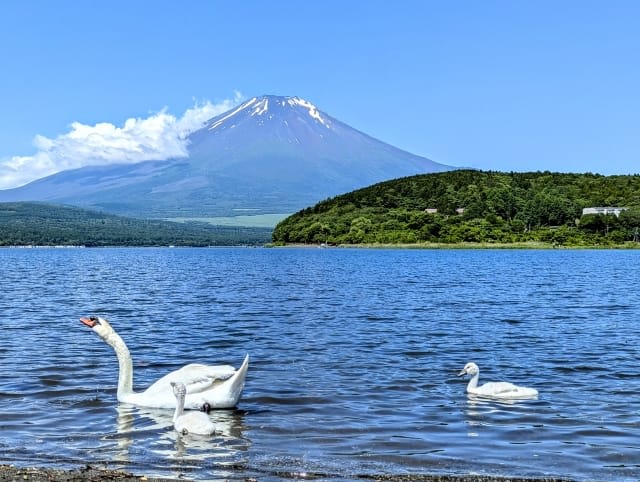
Mt. Fuji climbing is only possible during the limited period from July to September. I climb every year during this season, and each time I feel new excitement.
There are four climbing routes (Yoshida, Subashiri, Fujinomiya, and Gotemba) that even beginners can challenge, each with its characteristics. The Yoshida route is the most popular and well-equipped.
Many people choose to stay overnight at a mountain hut and watch the sunrise from the summit early in the morning. The sunrise from 3,776 meters is truly moving.
However, climbing Mt. Fuji should never be taken lightly. There are risks of altitude sickness, and proper equipment and prior training are essential. I particularly recommend preparing sufficient warm clothing and water.
Unless you're a climbing enthusiast, I basically recommend sightseeing up to the 5th station.
Other Recommended Mountains You Can See Beautiful Mt.Fuji⬇︎
Ashiwadayama
Ryugatake
Hot Spring Tours
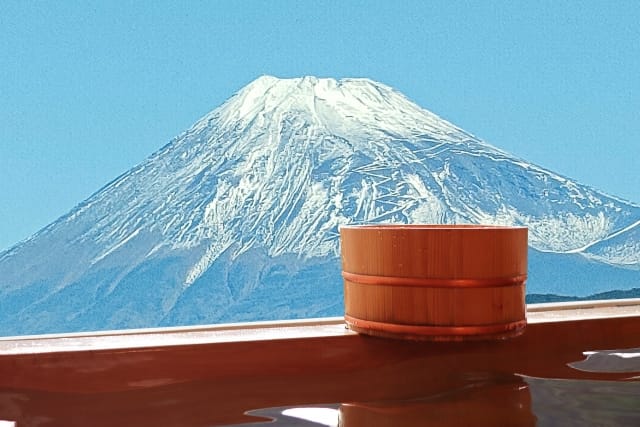
The hot springs around Mt. Fuji are the ultimate luxury for relieving tourism fatigue. Numerous hot spring facilities are scattered around, centered on the Lake Kawaguchi hot spring area. My favorite is the open-air bath with a view of Mt. Fuji. The combination of snow scenery and hot springs is especially exceptional in winter.
Day-trip hot spring facilities are also plentiful, so you can easily stop by between sightseeing. There are various spring qualities, so you can choose according to your condition and preferences that day. Many facilities also offer meals using local ingredients, allowing you to experience the blessings of the Mt. Fuji area through both hot springs and food.
Recommended Hot Springs You Can See Beautiful Mt.Fuji⬇︎
Fuji Chobo no Yu Yurari
Yamanakako Onsen Benifuji no Yu
Cycling
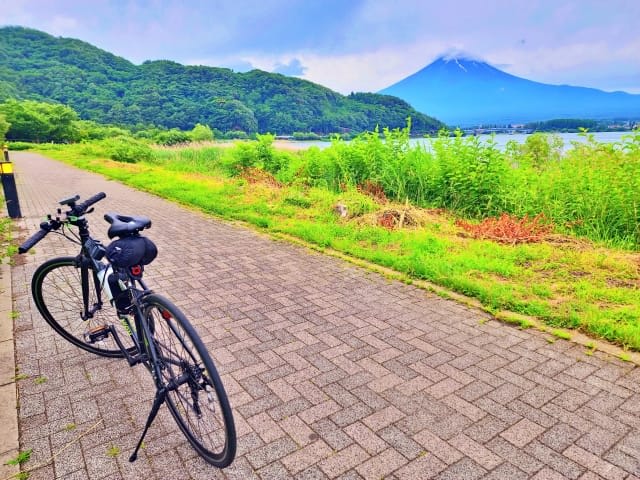
Cycling around Mt. Fuji is one of the activities I particularly recommend. There are many well-maintained bicycle paths, making it safe to enjoy.
Courses around Lake Kawaguchi and Lake Yamanaka are easy enough for beginners to challenge. There are many spectacular Mt. Fuji viewpoints along the way, making it special to enjoy cycling while taking photos.
You can rent bicycles at major stations and tourist spots, and some places offer electric-assist bicycles, so even those who aren't confident in their physical strength can enjoy with peace of mind.
My favorite is lakeside cycling in the early morning. The figure of Mt. Fuji emerging from the morning mist is mystical, and it's a luxurious time when you can have this view all to yourself.
Food Experiences Around Mt. Fuji
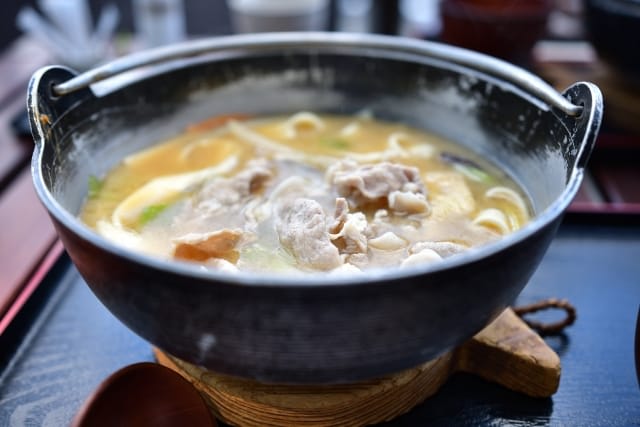
Dining in the Mt. Fuji area is one of the major attractions of tourism. The local cuisine using regional ingredients is all exquisite.
Particularly "Houtou," a local dish with thick flat noodles and plenty of local vegetables, is the perfect dish to warm your body in cold seasons. Also, "Fujinomiya Yakisoba" is popular as the king of B-grade gourmet, featuring firm noodles and special sauce.
You can also enjoy Yamanashi wines and Shizuoka green tea with their unique local flavors. At roadside stations, you can purchase fresh local produce and processed products. I recommend seasonal fruits, especially peaches in summer and grapes in fall, which are absolutely delicious.
Recommended Cafe & Restaurant You Can Enjoy Amazing Dishes⬇︎
Cafe SHIZEN
Sushi Toyo
Tsuruya Shokudo
Sangenchaya Honten
Important Notes for Mt. Fuji Area Tourism

From my 10 years of experience as a tour guide, I'd like to share some important points to note.
First, the summer sun is stronger than you might imagine. Sun protection, including sunscreen, hats, and sunglasses, is essential. Also, be careful as you can get sunburned easily at high altitudes even when the temperature is low.
Preventing altitude sickness is also important. Especially when going above the 5th station of Mt. Fuji, remember to stay hydrated and take frequent breaks. I experienced mild headaches on my first visit to the 5th station, so I recommend making plans without overexertion.
In winter, temperatures drop significantly with heavy snowfall. Proper equipment like warm clothing and non-slip shoes is necessary. Also, during tourist season, expect crowds and make early reservations for accommodations and popular spots.
In recent years, with the increase in foreign tourists, some manners issues have been pointed out. Mt. Fuji is an important cultural and natural heritage of Japan. Remember to take your garbage with you and keep conversations at a moderate volume, respecting Japanese manners during your tour.
Frequently Asked Questions About the Mt. Fuji Area
I've compiled the most common questions and answers from my 10 years as a Mt. Fuji guide. I hope this helps you plan a better Mt. Fuji tour.
When is the Best Time to Climb Mt. Fuji?
The official climbing season for Mt. Fuji is from early July to early September. Climbing outside this period is strongly discouraged due to dangers. From my experience, I recommend early August as the best season. The weather is relatively stable during this time, and all mountain huts are open.
In particular, Japan's Obon holiday (mid-August) is the most crowded period, so I recommend avoiding it if possible. Also, weekdays are less crowded than weekends, allowing for a more comfortable climbing experience.
Even during this period, sudden weather changes are not uncommon. It's important to check weather forecasts up until the day before and maintain flexibility to change plans if necessary.
Where are the Best Places to Take Photos with Mt. Fuji in the Background?
The best photo spots vary by season and time of day. The Lake Kawaguchi area is a popular photography spot year-round. Especially, the inverted reflection of Mt. Fuji on the lake surface is exceptionally beautiful.
Shinagawa Fuji Sengen Shrine is a popular spot where you can photograph the collaboration of a five-story pagoda and Mt. Fuji. It's especially beautiful during cherry blossom season, attracting photographers from around the world. However, due to its popularity, I recommend visiting early in the day.
Oshino Hakkai is also an excellent location for capturing traditional Japanese scenery with Mt. Fuji. The mountain reflected in the transparent pond waters is truly postcard-perfect beauty. Early morning on clear days is best, and with fewer tourists at this time, you can enjoy taking photos while carefully considering your composition.
The Mt. Fuji area is not just a tourist destination. It's a special place where Japan's nature and culture harmonize beautifully, something to be proud of worldwide.
Mt. Fuji showing different expressions through the seasons, clear spring water, hot springs, activities, and rich food culture. These elements overlap to create a unique tourist destination. While there are points to consider, such as crowds and weather, you can create wonderful memories with proper planning.
I hope the information introduced in this article helps with your Mt. Fuji tourism. I sincerely hope you enjoy a wonderful experience at Mt. Fuji, Japan's symbol that we proudly present to the world!

